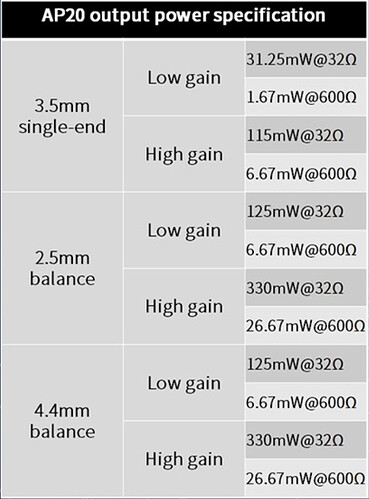This little dongle really deserves its own thread if the guys at HypeTheSonics are even conditionally right about it: based on their (or SoundExpert.org’s) measurements and resulting Df-metric (difference in dB between the output signal from the device over a 32-ohm load and the mathematically calculated perfect analog equivalent of the input signals), it might just be the best fidelity/price and fidelity/size DAC-amp on the market.
Based on the above info and hoping to hear the magic for myself, I got the 2022 version this year, with the more elegant “slot” indicator LED that replaces the previous “blob” they had on:
First impressions as posted on AliExpress:
Good inline DAC/amp, better sound than my phone’s jack, pushes more power for more bass amount and impact, better low-mids for fuller voices. Doesn’t perform as well as Oppo HA-2 for either bass or low vocals, but that one is much larger. Seems a bit brighter than the HA-2 but I have to do a more serious comparison to be sure. I tried it plugged into the iFi Micro iDSD amp vs. the full Micro by itself and I can’t tell the difference.
Initially I thought it wasn’t working but it turns out it was delivered with internal volume saved to level 0 or very low, so I had to turn it up first from its volume rocker before I could hear anything.
Connected to a Windows 10 and the auto installed driver didn’t see it as a device with microphone signal, only as “speakers”. I will investigate more later.
The only regret I have with this purchase is that some of my money went to supporting the British marketing format MQA which is not lossless and has no right to call itself master quality.
(I probably just needed the driver from the Hiby website.)
This Thursday I also took some time during a break in a quiet spot at work to A/B it against the FiiO BTR3, listening through the KSC75X.
If I plug the BTR3 into the phone and use it inline, it’s about half as loud as the FC3, so after I cleared that up I just lowered the FC3’s internal volume to 16/30 for the rest of the test, so I could keep the phone’s volume constant and be able to switch faster.
For most music I couldn’t really detect any stand-out difference except maybe for that nagging feeling like I had with the Oppo HA-2 that the FC3 was overall brighter. So after a number of songs not finding any big difference - and knowing what I knew about the BTR3 running off battery from my JM6 Pro comparison - I switched to the more powerful Bluetooth&battery mode of the BTR3 and readjusted the volume. Not long after that, I found the difference I was afraid of while listening to Lisa Hannigan’s “Splishy Splashy”: similar to my early comparisons to other beefier units, the Hiby FC3 immediately lost to the BTR3 on dynamics and realism and stage depth, to the point I’d say it took out 2/3 or more of the joy of listening to that song.
There’s something really strange going on with this design - I don’t understand how it can at the same time push more absolute volume than the BTR3 at max while sounding way less dynamic at equal loudness. I guess it’s just not good at servicing sudden spikes in power demand / doesn’t have great slew rate or whatever that’s called, when powering headphones directly. Because curiously it sounded indistinguishable from the iFi Micro iDSD’s DAC when plugged directly into the Micro’s amp. So I have to conclude they just haven’t designed this thing as a good “final stage” to hook directly to anything except the most weaksauce headphones, and the only way it might retain that Df-metric based title of champion of fidelity/price is if it’s used as a DAC and plugged into some other beefy amp (hopefully one clean enough to not trash all that fidelity).
On that notion, I’m planning to compare it to the BTR3, Oppo HA-2 and iFi Micro used as DACs into the E/90X energizer of the Koss ESP/95X, since that’s now my best transducer and that system is where I will want to be using my absolute best DAC going forward. (But… I might also give a chance to that high-gain mode that HypeTheSonics are talking about being available in the FC3, maybe that’s what fixes the dynamics. Though it’s pretty darn inconvenient to activate since it requires plugging in something that at least initially looks like a 150-ohm+ load on both channels. I’d have to plug in both impedance adapters I have + the KSC75 for a total of 30+75+50, and keep my fingers crossed.)
Other FC3 reviews I’ve seen around:
https://andyaudiovault.wordpress.com/donglemadness/hiby-fc3/ (I scoffed at Andy’s review at first, but after getting the device and listening to it I ended up agreeing with him: the FC3 is lean and un-authoritative with a lot of transducers, it’s just not good at delivering raw power, however summit-fi it might be when it does achieve synergy)
Hiby FC3 Review. Fuel Efficient | by Alec | Bedrock Reviews | Medium (found the link here in HFG; only has literally 1 thing to say about the sound, but I guess it’s better than nothing)


